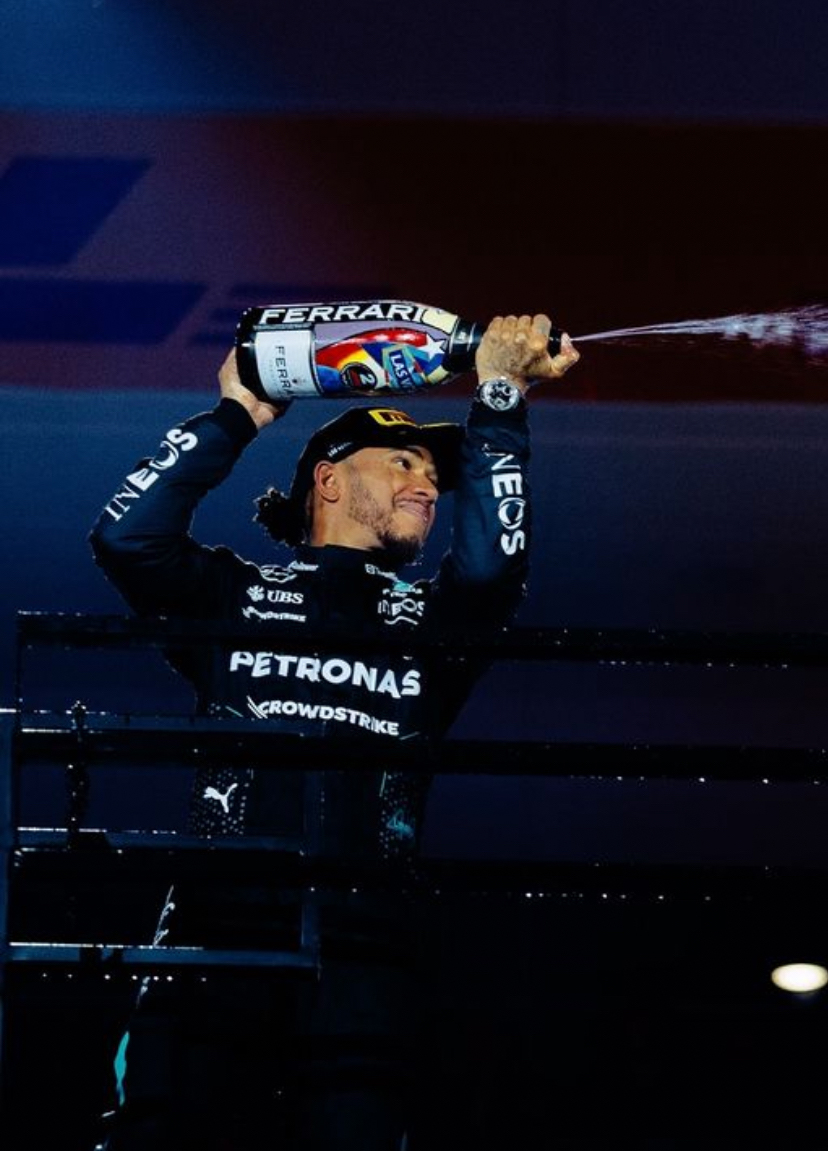How Grid Position Influences Pit Stop Timing in Formula 1

Formula 1 World Champions: A legacy of racing legends
How does the position of a car on the grid influence pit stop timing decisions?
Explore how grid position influences pit stop timing decisions in Formula 1. Learn about strategic flexibility, traffic management, and tire strategies for front-runners, midfielders, and back markers.
In the intricate and highly strategic world of Formula 1 racing, a car's starting position on the grid plays a pivotal role in shaping pit stop timing decisions. From the front row to the back of the grid, teams tailor their strategies to maximize performance and exploit opportunities. This article explores the relationship between grid position and pit stop timing, shedding light on its impact on race outcomes.
The Starting Grid: An Overview
The starting grid is determined by qualifying sessions, where drivers compete for the fastest lap times. A front-row start offers a cleaner path and greater strategic flexibility, while cars further back contend with traffic and challenging race dynamics.
Pole Position and Front Row Advantages
Clean Air and Early Lead
Cars starting at the front benefit from "clean air," which minimizes aerodynamic disturbances. This advantage allows them to preserve tire performance, maintain an early lead, and dictate pit stop timing without immediate pressure from rivals.
Strategic Flexibility
Front-runners have the flexibility to plan their pit stops around ideal tire performance windows. They can execute strategies like the undercut or overcut effectively, responding to competitors’ moves while maintaining control over their race pace.
Mid-Grid Challenges
Managing Traffic
Midfield cars often face traffic, requiring carefully timed pit stops to avoid being stuck behind slower competitors. Early stops can facilitate undercuts, while delayed stops might create opportunities for clean air later in the race.
Responsive Strategizing
Mid-grid teams must be highly adaptive. If a rival pits early, they may respond to prevent losing positions or adjust their strategy to take advantage of fresher tires during critical race phases. Communication between driver and pit wall is crucial for success.
Back of the Grid Considerations
Gambling for Gains
Cars starting at the back often take strategic risks to move up the order. This might involve unconventional tactics, such as early stops for an undercut or prolonging stints to exploit fresher tires in the closing laps.
Safety Car Opportunities
Back markers frequently capitalize on Safety Car periods, using the reduced pace to execute "cheap" pit stops. Quick decision-making during these moments can dramatically improve their race positions.
Strategic Pit Stop Timing: A Balancing Act
Tire and Fuel Management
Tire degradation is central to pit stop timing. Teams monitor tire performance metrics closely to align stops with optimal performance windows. Heavier fuel loads at the start can extend initial stints, influencing when the first pit stop occurs.
Weather and Track Conditions
Unpredictable weather or track conditions can disrupt planned strategies. Cars lower on the grid may gamble on tire choices to gain an advantage, while front-runners tend to opt for safer, more calculated strategies.
Conclusion
In Formula 1, the starting grid position profoundly influences pit stop timing decisions and race strategies. From the clean air advantages enjoyed by front-runners to the bold gambles taken by back markers, each team must tailor their approach to the unique demands of their starting position. This delicate balance of strategy, adaptability, and precision defines the relentless pursuit of podium finishes and championship points in the world’s most thrilling motorsport.
Up Next


